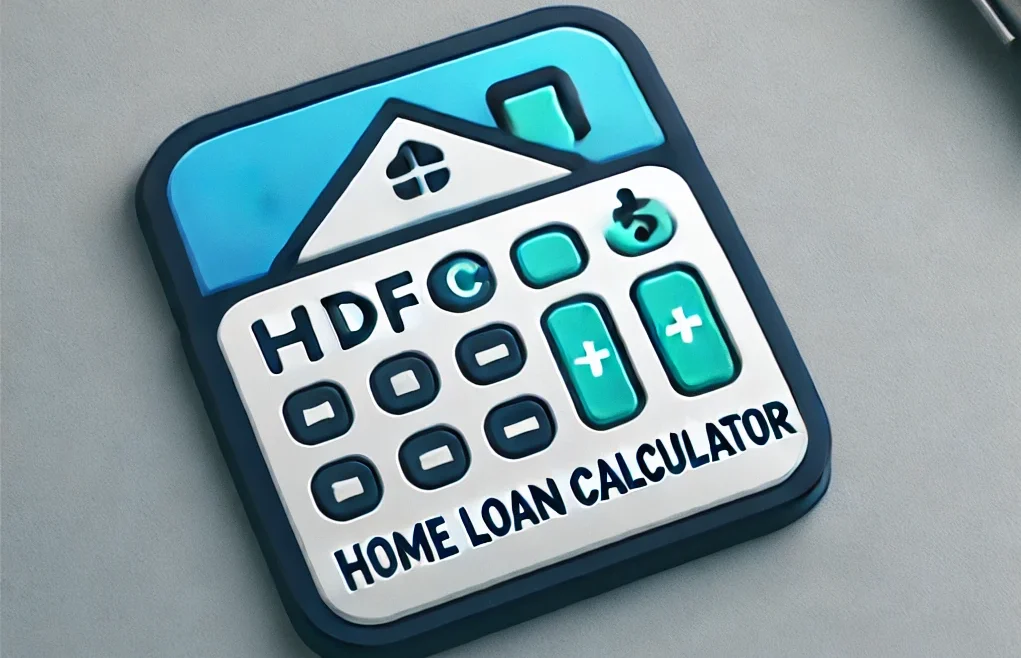Owning a home is one of life’s biggest achievements, and home loans make it possible for many to realize this dream. However, what many people don’t know is that repaying a home loan can also lead to significant tax savings. With an HDFC home loan, you can lower your tax liability by taking advantage of deductions available under the Income Tax Act for both interest and principal repayments. This article will focus on how interest repayments can reduce your tax burden.
Tax Benefits on Home Loan Interest Payments
Home loan interest repayments offer two primary avenues for reducing your tax liability:
- Section 24(b): Deduction on interest paid for a self-occupied property.
- Section 80EEA: Additional deduction for first-time homebuyers.
Section 24(b): Deduction on Home Loan Interest Payments
Under Section 24(b), the interest paid on a home loan can be claimed as a deduction from your total income, effectively lowering your taxable income. The maximum deduction allowed for a self-occupied property is ₹2 lakh per financial year.
- Eligibility:
- The home loan must be for the purchase, construction, repair, or reconstruction of a residential property.
- The property must be self-occupied. If it is rented, there is no maximum cap on the interest deduction, but the total loss under the head of “house property” is restricted to ₹2 lakh.
- The construction of the house must be completed within 5 years from the end of the financial year in which the loan was taken. If not, the maximum deduction allowed is reduced to ₹30,000.
Example:
Suppose you took an HDFC home loan and paid ₹2.5 lakh in interest during the financial year for a self-occupied property. You can claim a maximum deduction of ₹2 lakh under Section 24(b), reducing your taxable income by this amount.
If your total income before deductions is ₹10 lakh, the deduction will reduce it to ₹8 lakh, resulting in lower tax liability.
Section 80EEA: Additional Deduction for First-Time Homebuyers
If you’re a first-time homebuyer, you may be eligible for an additional deduction of up to ₹1.5 lakh under Section 80EEA, over and above the ₹2 lakh available under Section 24(b).
- Eligibility:
- The home loan must be sanctioned between April 1, 2019, and March 31, 2022.
- The value of the property must not exceed ₹45 lakh.
- The taxpayer should not own any other residential property on the date the loan is sanctioned.
Example:
If you paid ₹3 lakh in interest on your HDFC home loan, you can claim ₹2 lakh under Section 24(b) and an additional ₹1 lakh under Section 80EEA, provided you meet the eligibility criteria. This brings your total interest deduction to ₹3 lakh, lowering your taxable income significantly.
Impact of Interest Repayments on Tax Liability
To understand how much tax you can save, let’s break it down:
Step 1: Total Interest Deduction
First, calculate the total deduction you can claim for home loan interest payments. This is the sum of the deductions available under Sections 24(b) and 80EEA (if applicable).
- Example:
- Interest paid under Section 24(b): ₹2 lakh
- Additional interest deduction under Section 80EEA: ₹1 lakh
- Total Interest Deduction: ₹3 lakh
Step 2: Apply the Tax Slab
Once you have the total deduction amount, apply your applicable tax slab to calculate your final tax savings.
- 30% Tax Slab: If your income falls under the 30% tax bracket, you can save 30% of ₹3 lakh = ₹90,000.
- 20% Tax Slab: If you fall under the 20% tax bracket, you can save 20% of ₹3 lakh = ₹60,000.
- 10% Tax Slab: If you fall under the 10% tax bracket, you can save 10% of ₹3 lakh = ₹30,000.
Important Points to Remember
- Completion of Construction: You can only claim deductions under Section 24(b) if the construction of the property is complete. If the property is under construction, you can accumulate the interest paid during the pre-construction period and claim it in five equal installments after completion.
- Co-ownership: If you have taken a joint home loan, both co-owners can claim interest deductions separately, provided they are co-borrowers and co-owners of the property.
- Rented Property: If the property is rented out, you can claim the entire interest paid as a deduction. However, the total loss under the “house property” head is capped at ₹2 lakh per year.
- Pre-construction Interest: Interest paid during the pre-construction period (before possession) can be claimed in five equal installments starting from the year of completion, subject to the maximum limit of ₹2 lakh.
Conclusion
By understanding and leveraging the tax benefits on HDFC home loan interest repayments under Sections 24(b) and 80EEA, you can significantly reduce your tax liability. Ensure you keep track of your loan statements and relevant documents to claim the maximum deductions when filing your tax returns. This strategic use of home loan tax deductions can help you achieve your dream of homeownership while easing your financial burden.

